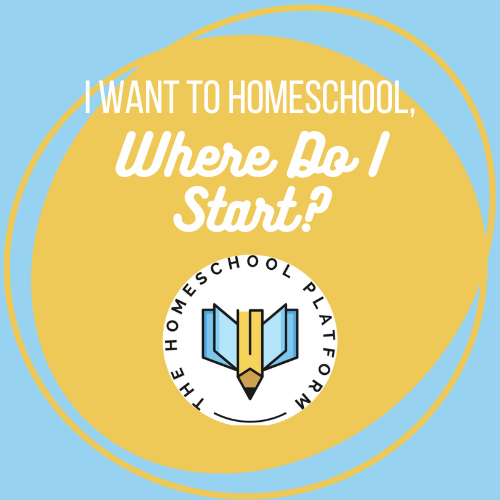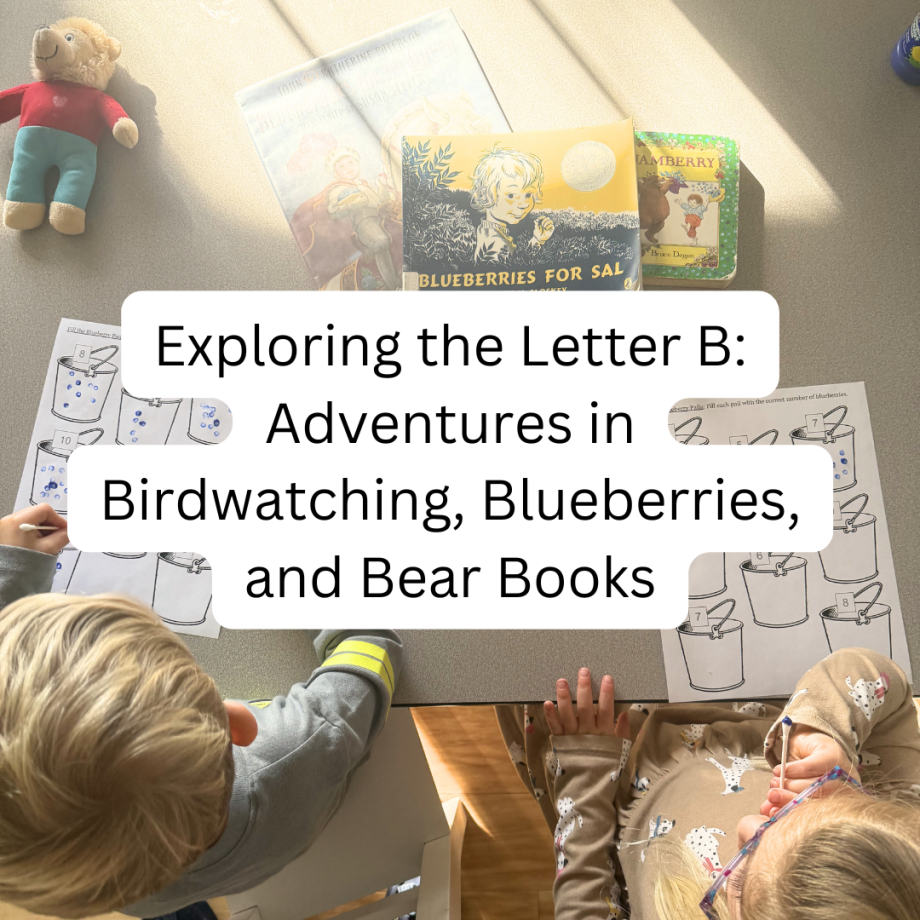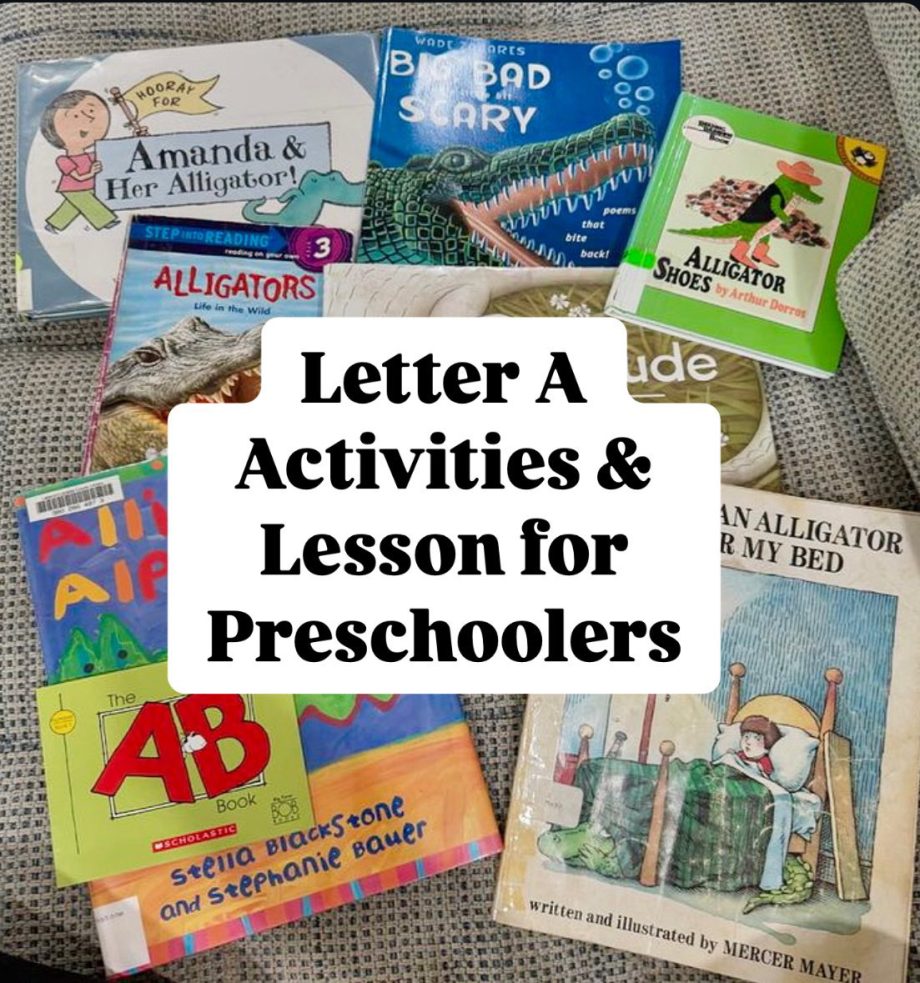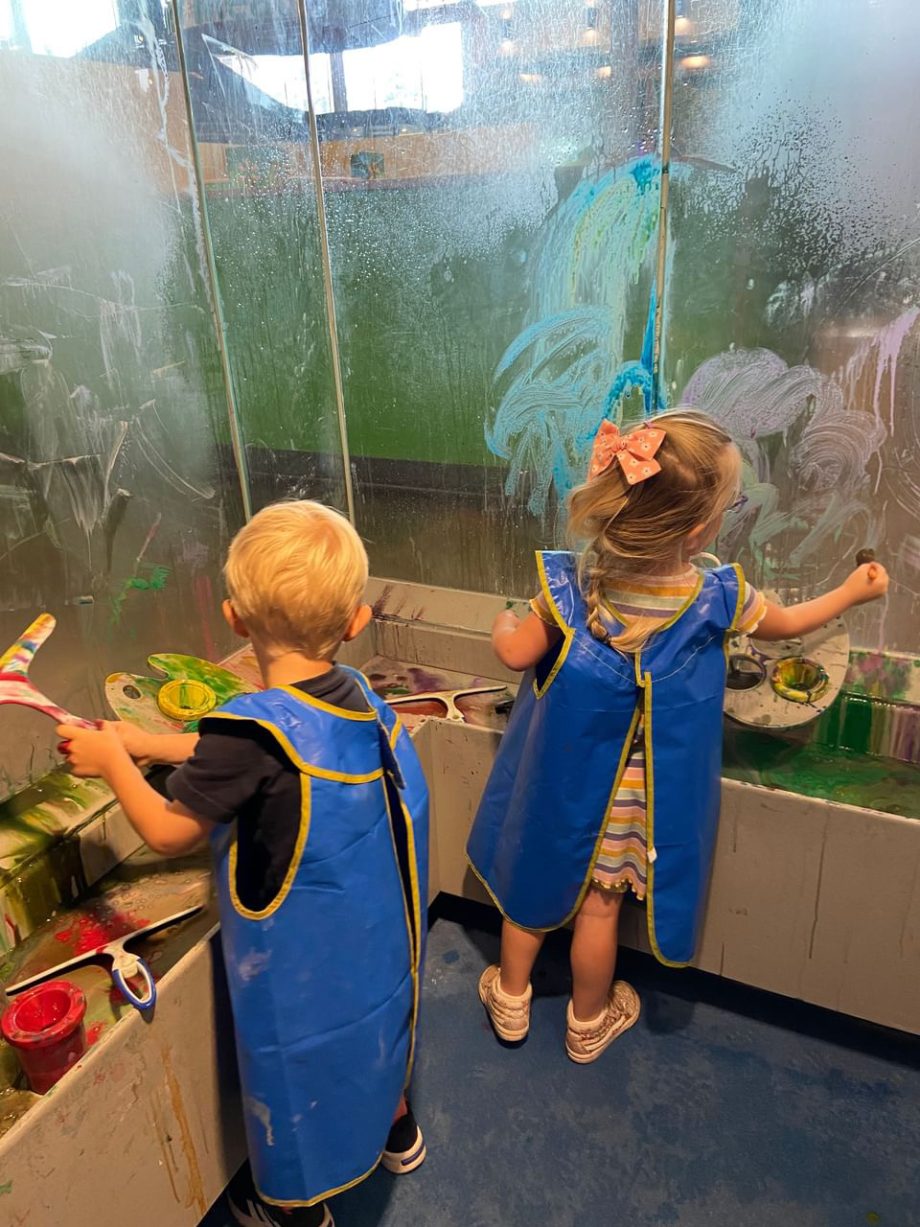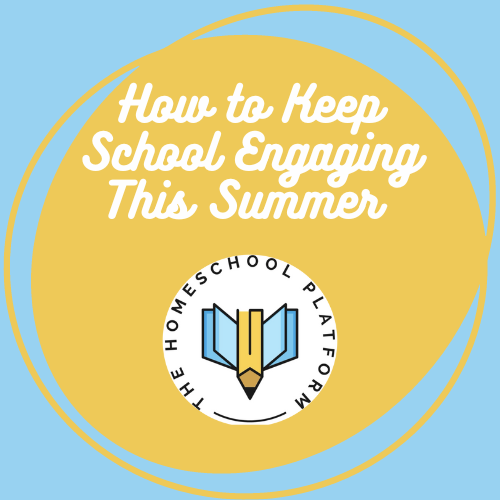Making the choice to homeschool is an exciting adventure about to begin, but it is also very overwhelming and intimidating at first. I started this journey myself this past year, and here are the steps I took to get started!
1. Learn Your State Homeschooling Laws
Laws vary greatly state to state. Some states have more relaxed laws, while some are more strict. Some of the major differences between states include:

- Age of compulsory attendance: For some states, this means you are required to start homeschooling by the age of 5, while others you can wait until the age of 8!
- State Assessments: Some states require your child to participate in state assessments at specific ages, while others have no requirements for testing.
- Notice of Intent: Most, but not all states require you to provide a notice of intent to homeschool, typically to your local school board or district.
There are many other differences like required hours, records that need to be kept, and who is allowed to instruct your child. Check out some of the following websites to find information about your specific state.
2. Determine Your “Why”
There are going to be days when homeschooling gets hard or people question your choice (not that their opinion should matter), and it is important to have a clear reason why you made this lifestyle choice for your family.
Ask yourself the following questions to help you consider your “Why”:
- What do you hope to achieve through homeschooling?
- What do you want your children to learn?
- What is your ultimate goal for your children in life?
- How would you complete this sentence? “Above all else, I want my child to…”
- What will my child need to be successful in life?
- What does success mean to you and your family?
- Is my child happy with their current schooling experience? Why or why not?
After you have thought about these questions, and maybe even jotted down some notes, look for patterns or a theme to your concerns and desires. This will drive your “Why”! Here are some of the top reasons many homeschoolers give for their “Why”:
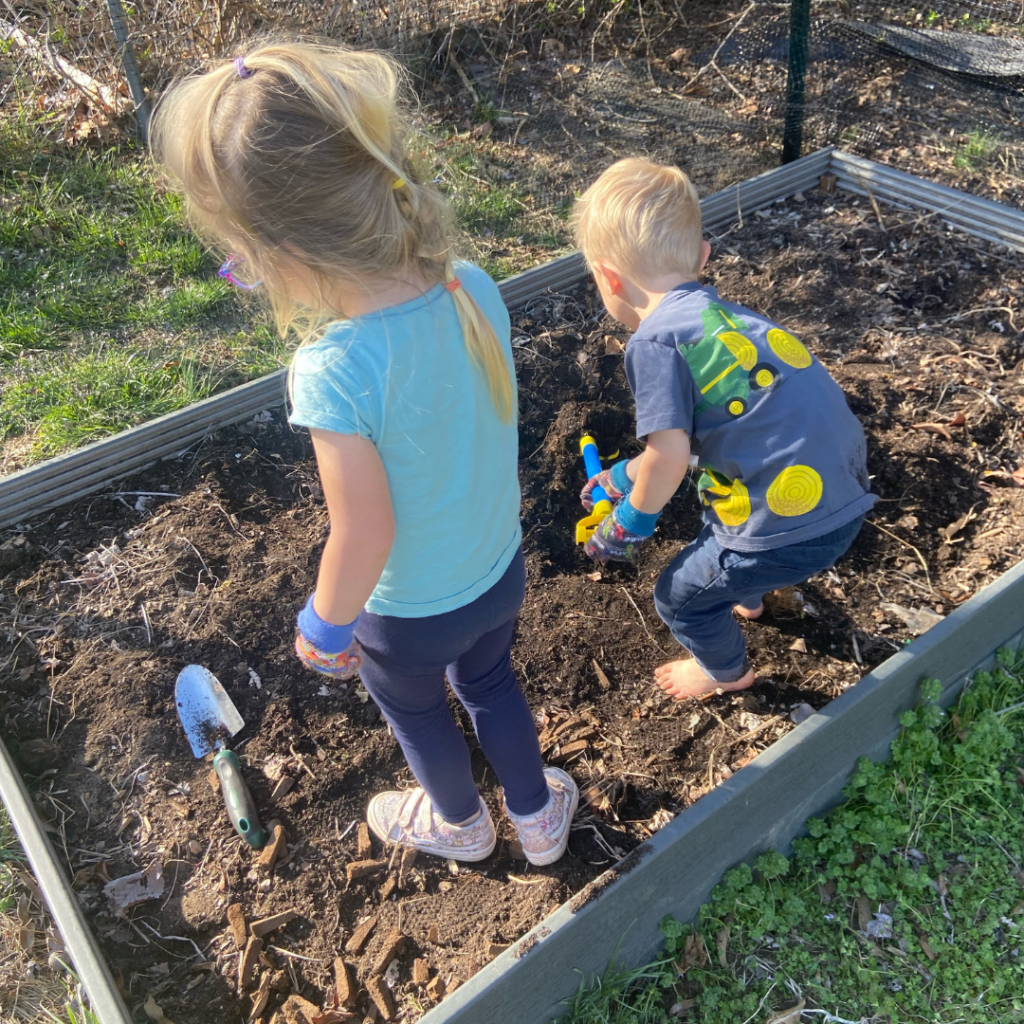
- Time: More time for family. More time for children to pursue their personal interests. More time to be outside.
- Flexibility: You are able to make your schedule work for your child or family’s personal needs. Maybe you want to travel outside the typical school breaks, or allow your children to sleep in and have a slower, calming start to the day. Maybe parents work evenings/nights, so the only way your children can spend time with them is if they are home during the day.
- Developing a deeper and stronger faith.
- Develop a love of learning.
- Wanting a change from a negative school environment.
- Dissatisfied with the quality of instruction in schools.
When you find your “Why,” write it down somewhere you can refer back to it. You may need the extra reminder and encouragement when you run into tough days or discouraging opinions.
3. Find Your Homeschool Style or Philosophy
Now that you have identified your state’s requirements and determined your “Why” for homeschooling, it is time to dig deeper into what you want your homeschooling to look like. I have found that the best way to do this is to start reading a variety of homeschool books, and to find other homeschoolers to talk to and learn about their approach to homeschooling.
First, here are some of the more common homeschool styles or philosophies. This is by no means a complete list! So please explore more to find what works best for your family.
- Traditional: You follow a structured curriculum, similar to how your child would learn at school.
- Classical: Learning is divided into 3 stages: Grammar, Logic, and Rhetoric. These stages are also known as knowledge (learning facts), understanding (organizing facts in a rational way), and wisdom (applying your knowledge and understanding in practical ways).
- Montessori: Focuses on self-directed and hands-on activities and learning and collaborative play.
- Charlotte Mason: It emphasizes nature study, living books, and short lessons to give your child a well-rounded education.
- Unschooling: Focuses on child-led learning, letting their curiosity guide their educational path.
- Eclectic: Using different methods and materials to create a homeschooling style that fits your family.
Once I decided I wanted to homeschool, I began reading a variety of homeschooling books to help me determine what I wanted my family’s homeschooling journey to look like. Here are some of my favorites so far:
- The Four-Hour School Day: How You and Your Kids Can Thrive in the Homeschool Life by Durenda Wilson. I found this book to be a great introduction into what homeschooling can look like for your family.
- Modern Miss Mason by Leah Boden: A modern take on the Charlotte Mason style of education.
- The Brave Learner: Finding Everyday Magic in Homeschool, Learning, and Life by Julie Bogart: This was my favorite homeschool read, so far. Bogart gives so much great advice about homeschooling, but also just about life. If you are interested in unschooling, her book offers some great insight on how this can look for your family.



There are so many other great books to explore that I haven’t had time to read yet! Some of the titles on my “to-be-read” list include The Call of the Wild and Free by Ainsley Arment, Teaching from Rest by Sarah Mackenzie, and For the Children’s Sake by Susan Schaeffer Macaulay.
Once you start to get a vision of what you want your family’s homeschooling to look like, give it a try! Don’t be afraid to tweak it or totally change it if you find it is not the best for your family.
4. Explore Curriculum Choices
The number of curriculum choices is overwhelming, but you can narrow it down pretty quickly by determining your budget, whether you want faith-based or non-faith-based, your homeschool style/philosophy, and if you would like an online or physical (books, workbooks, kits, etc.) curriculum.
Once you have narrowed them down using those filters, go through your top choices more carefully, diving deeper into the content of each one. Some curriculums will even offer free samples so you can trial them before you make a big investment. Going to homeschooling conventions can be a great way to explore numerous curriculums all at once.
When you are first starting, you might want to start small, maybe only purchasing math and language arts at first, and explore science and social studies through books and hands-on activities. You can also find some great units and activities on our platform! Most new homeschool families overspend on curriculum that they don’t end up using! Start small, and add in as you need.
5. Determine What Your Day-to-Day Will Look Like
Start to think about what your day-to-day schedule will look like. Start by setting time aside for the things that are less flexible. Maybe you are working around the work schedule of parents? Maybe you will have a co-op meeting every Thursday or gymnastics on Mondays? Put those items on the schedule first. Next, consider how you want your day to feel and how your family will function best. Will you let your kids wake up when they are ready, or will you have a set wake-up time? Will you start your day with independent play, an outside family walk, chores, or jumping right into academics? Then, place in time for your core subjects. Depending on how many children you have and their ages, it will affect the number of hours you will need to set aside for academic instruction. See the table below for the average time spent homeschooling each day, but remember that this is just the average! Do what works best for your family and each child. Even among your own children, you may see significant differences in how long it takes them to do similar lessons.
| Preschool – Kindergarten | 0 – 0.5 Hours |
| Elementary | 0.5 – 2 Hours |
| Middle School | 1.5 – 3 Hours |
| High School | 2 – 4 Hours |
When you first start homeschooling, start small! Maybe just start with math and language arts until your family finds their rhythm, and then add in science or social studies. Don’t be afraid to stop and adjust your schedule as needed. Your homeschooling thrives when you are willing to be flexible with your schedule. One way to ensure your ability to be flexible is to leave margins in your day. This means, when you are switching from one task or activity to another, plan ten or fifteen minutes in to transition and to be prepared for the unexpected. Maybe your daughter can’t find her shoes when you are trying to leave to go to meet some friends, or maybe your toddler has an accident in their pants and you need to stop and help him before moving on to read aloud. Planning in margins allows you to avoid becoming frustrated when you are running late and protects the things you need to do.
Enjoy the Adventure!
Choosing to homeschool can be scary and exciting all at once, just know that you are doing what is best for your child. If you have taken the time to read this and invest in your family’s education, then you care too much to fail. Do not let the stress stop you from enjoying this amazing adventure you are starting with the coolest people in the world, your kids!

